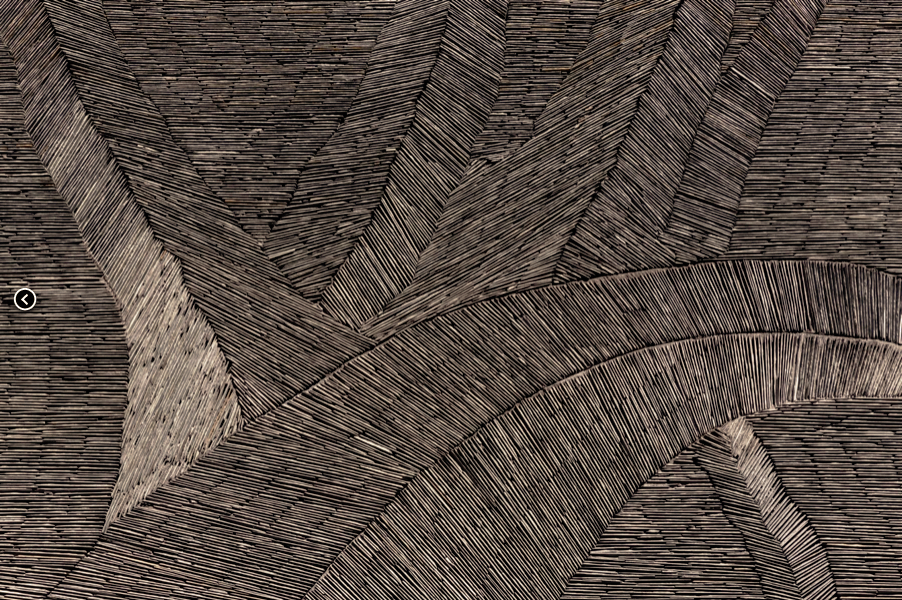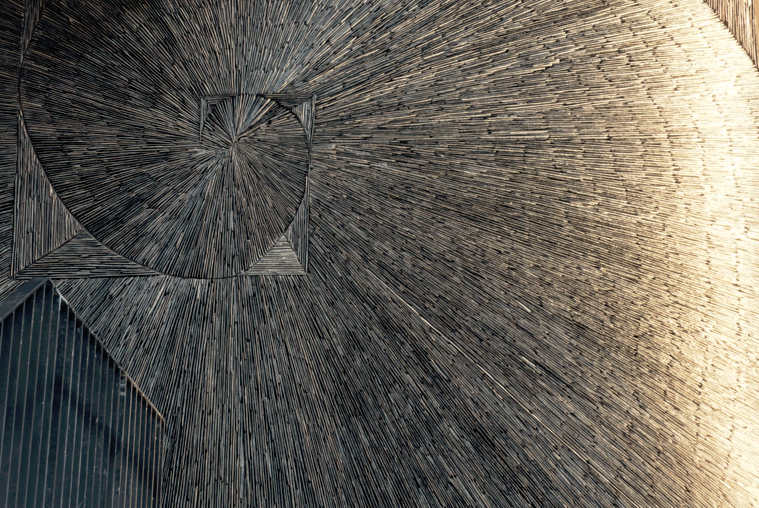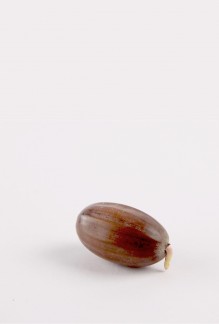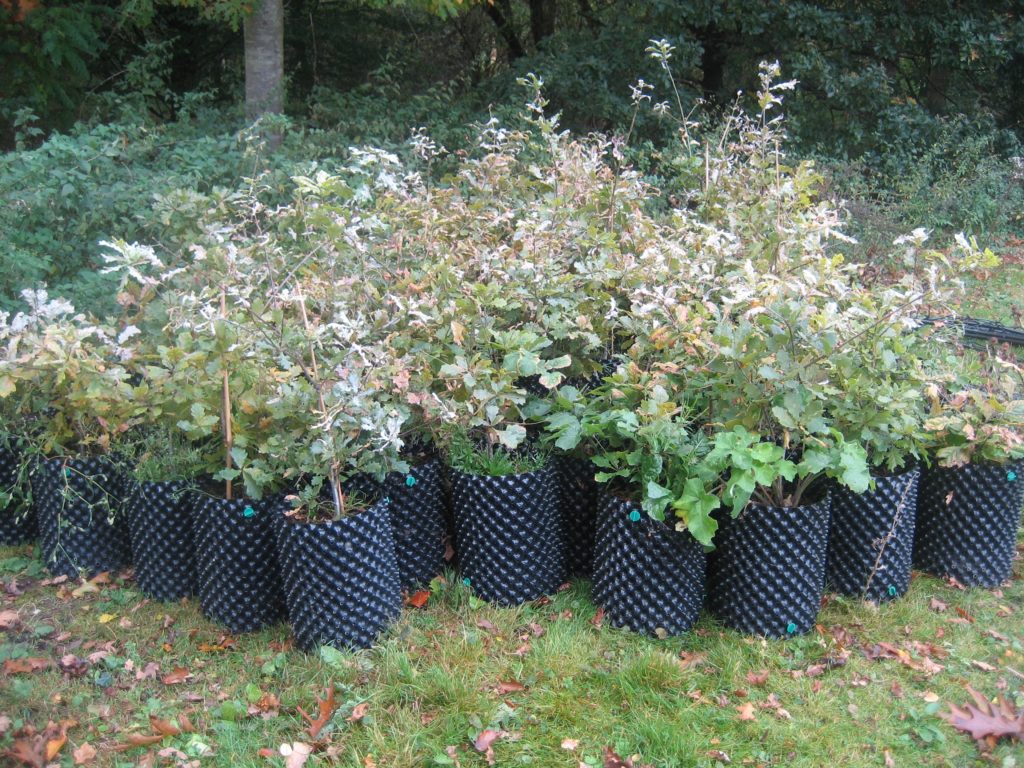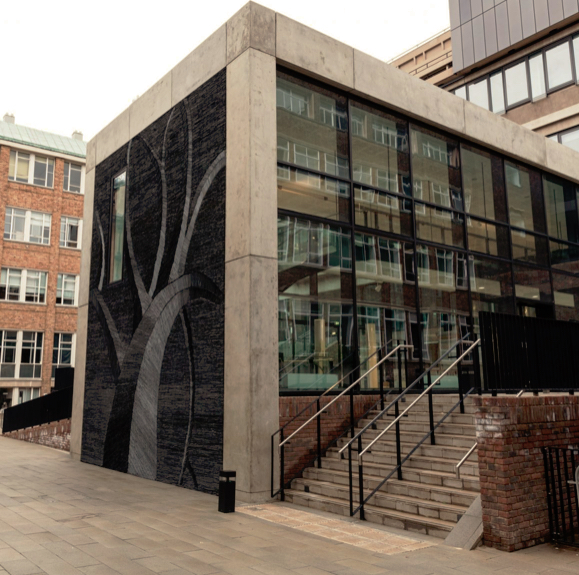Heather Ackroyd and Dan Harvey are two of the most innovative artists working in the realm of environment and art. They have collaborated as artists and partners since 1990. Alongside each of their dramatic visual art works and installations, they campaign and communicate the ideas behind and around them. Scientific discovery and experiment, environmental and ecological activism are very much part of their practice and mission as artists.
Experimenting with growth and decay
Already from the early 1990s they began their first experiments with growing forms. In Italy and in France they worked on projects with growing grass as a sculptural and architectural medium. They discovered early on that it could take the imprint of images because of its extreme sensitivity to light. From 2003, they continued to expand the scale of this work, exploring the dual nature of growth and decay. They grew their first large field of grass in the UK as a huge vertical architectural feature on the inner walls of a redundant church, Dilston Grove, in South London.
Many experimental works with grass continued, culminating in their receiving a Wellcome Foundation Sci-Art award and Nesta Pioneer award. These went towards their further explorations of the light sensitivity of chlorophyll to imprint photography on growing grass.
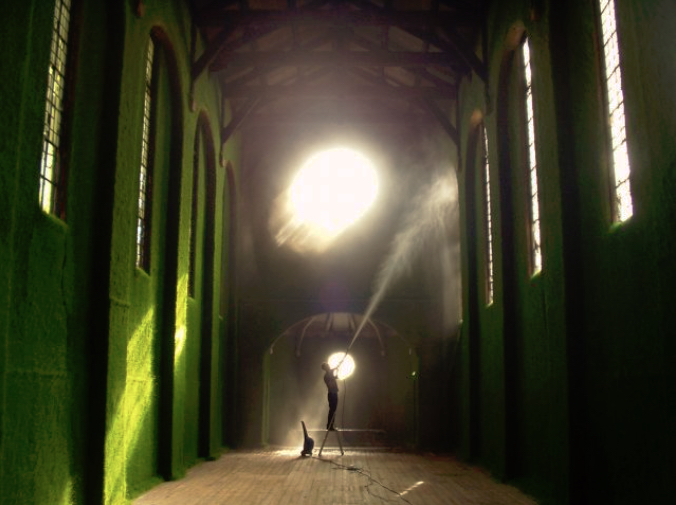
‘Stranded’ – a precious relic for climate change
Also in 2003 they made the first of their Cape Farewell expeditions to the High Arctic. These resulted in several works, the most important of which was ‘Stranded’, a six metre long whale skeleton encrusted with crystals. The idea referred back to the horrifying visions they had witnessed in the Arctic, of hundreds of bones scattered across the landscape. For ‘Stranded’ they sourced a Minke Whale skeleton beached on the Lincolnshire coast, which they prepared in proper ritual fashion with the help of scientists from the Natural History Museum.
In order to grow crystals,they saturated the bones with alum and thus they transformed the remains into a precious relic. Not only did this reverence the creature, but it elevated it to become a symbol of the danger to wildlife from the rising temperatures and seas, caused by climate change. The work itself is always a beginning for them for further research. Recognition of the serious underlying climate problems feed into their campaigning each time the work is shown.
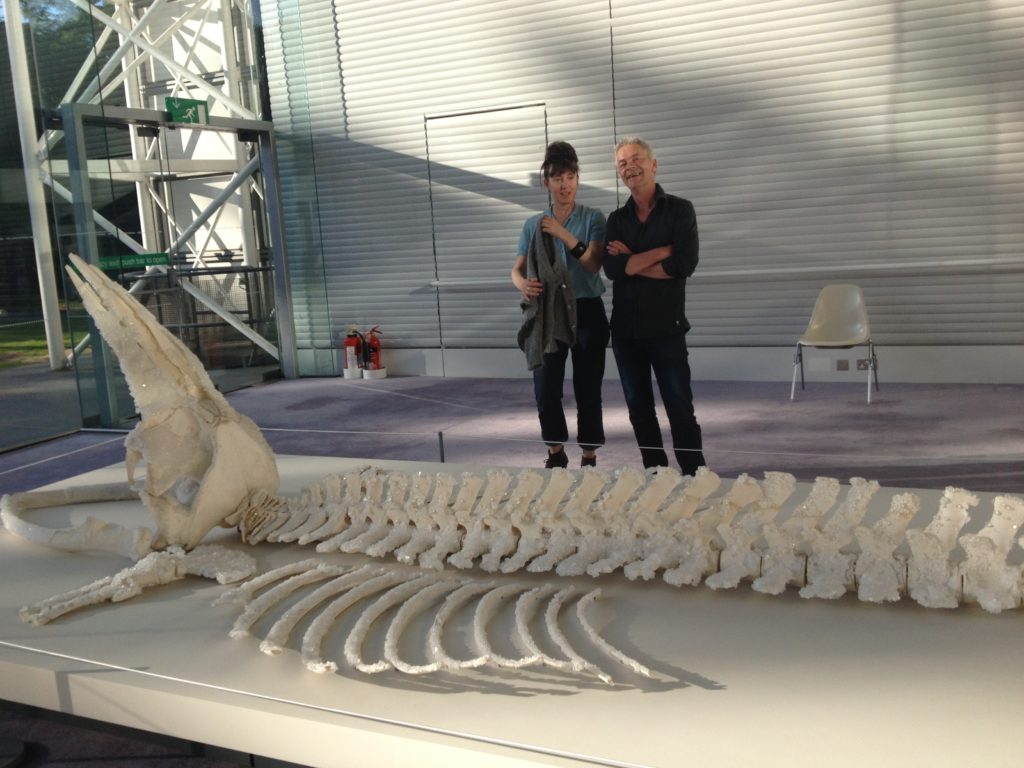
‘Coral reefs will become the first ecosystem that human activity will eliminate from earth’
As the work progressed so did our understanding of how the ocean absorbs vast quantities of carbon dioxide, and that this is entering the atmosphere through the burning of fossil fuel. During the last two hundred years the chemistry of the ocean has changed more than it has done for millions of years. This is giving unambiguous evidence that climate change in our lifetime is caused by anthropogenic emissions. The seawater is turning sour and many marine creatures are struggling to make shells. Ocean acidification is affecting corals, molluscs and tiny zooplankton, the major food source of many marine animals, including whales.
A recent report from a leading United Nations scientist claims that before the end of this century, coral reefs are on course to become the first ecosystem that human activity will eliminate entirely from the Earth. If the global consumption of fossil fuel continues unabated, the acidity of the oceans will increase incrementally and the calcium shell life they support will gradually perish.”
Ackroyd and Harvey, statement, 2006
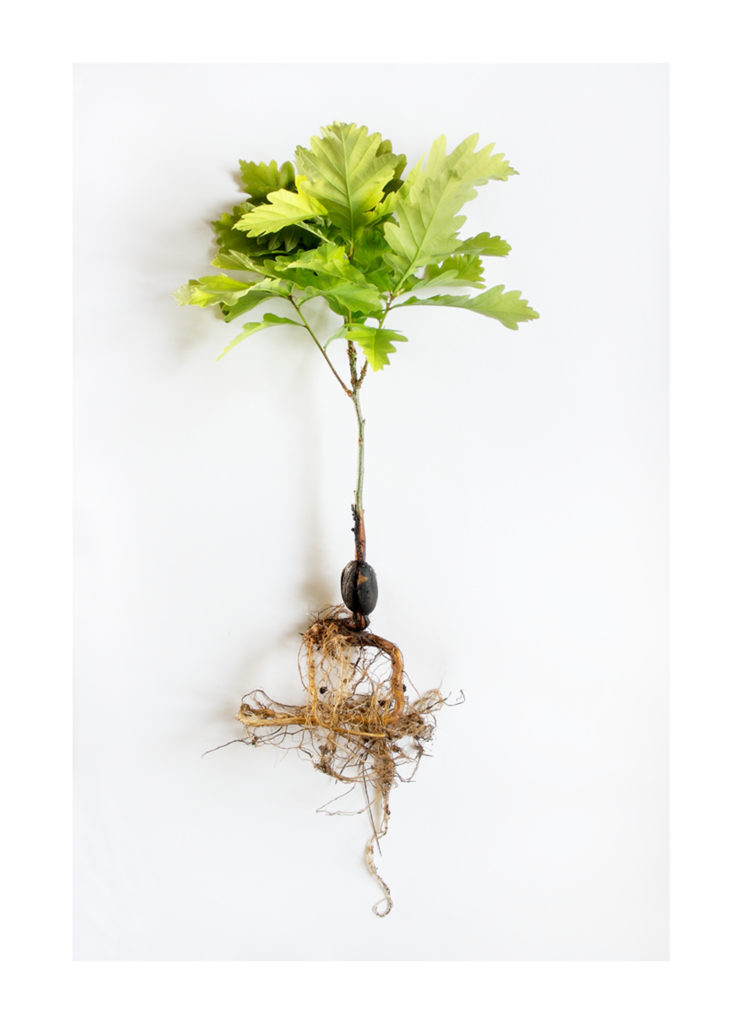
Beuys’s Acorns
In 2007, Ackroyd & Harvey gathered and germinated hundreds of acorns from renowned artist Joseph Beuys’s seminal artwork ‘7000 Oaks’. He had created this for Documenta 7 in 1982, in Kassel, Germany as an environmental and economic statement . For them, this began a new and symbolic research project.
Beuys’s Acorns· explores a range of ideas associated with the provenance of the trees. They provoke questions as to the artists’ relationship with nature, the changing climate and collapsing economic order. Beuys had a mission to change the social order. His main concern was the money system. Ackroyd & Harvey bring his concerns into a contemporary context. They ask ‘what is the legacy of Beuys’s mission, given the climate of ecological and economic degradation at the beginning of the 21st century?’ They exhibit the trees regularly as they grow, and each time the artists organise an active conference programme alongside. ackroydandharvey.com
From Oak to Ash
In 2017 the first news broke of a terrible viral disease which was affecting Ash trees and causing their death. This disease was spreading at an alarming rate through the UK. Devastatingly, it was likely to cause the complete extinction of the tree species, unless any kind of cure was found. Acutely aware of the urgency of this environmental predicament, Ackroyd and Harvey became involved in a campaign, run by the Kent AONB (Area of Outstanding Natural Beauty) to raise awareness of the Ash Tree. The AONB project was intended to use the skills of artists and performers to work with communities in the area of White House County Park, Kent.
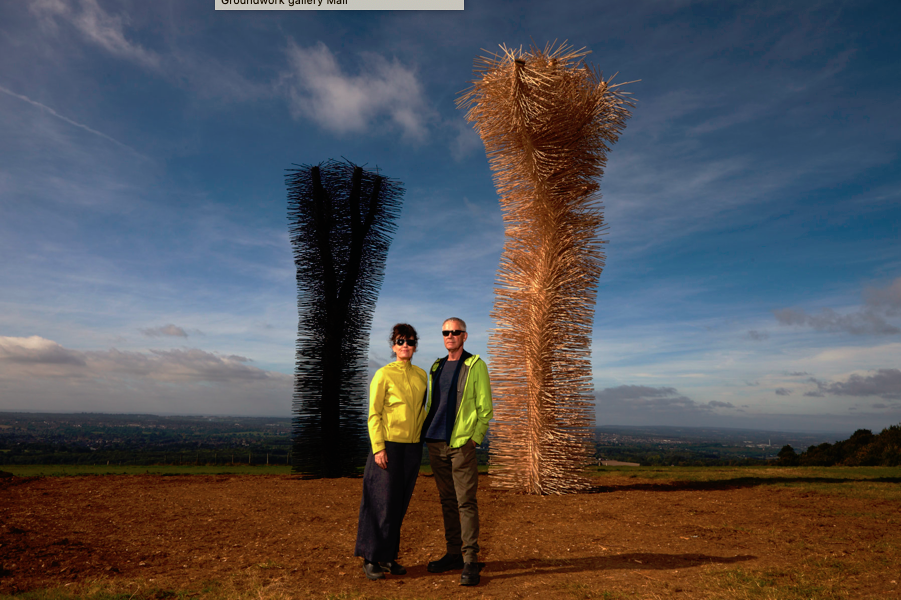
The result of their work was ‘Ash to Ash’ a pair of soaring monuments to the Ash Tree. They made these from arrow-like spears of ash branches emanating from tall curved trunks. One was natural, one, burnt black, emphasising the transition from life to death.
The Attenburgh Building commissions
Major commissions for Ackroyd and Harvey came in 2016. These were connected with the opening of The David Attenborough Building, a new science centre, for Cambridge University. This included a major exhibition programme, showing ‘Conflicted Seeds and Spirit’ (see below). Also, ‘Seeing Red. They created ‘Overdrawn’ , a wall-sized list of the IUCN’s Red List of endangered species, over which they invited the public to write. Finally there was a series of huge Welsh slate external wall reliefs referencing geometrical structures found in nature (see above).
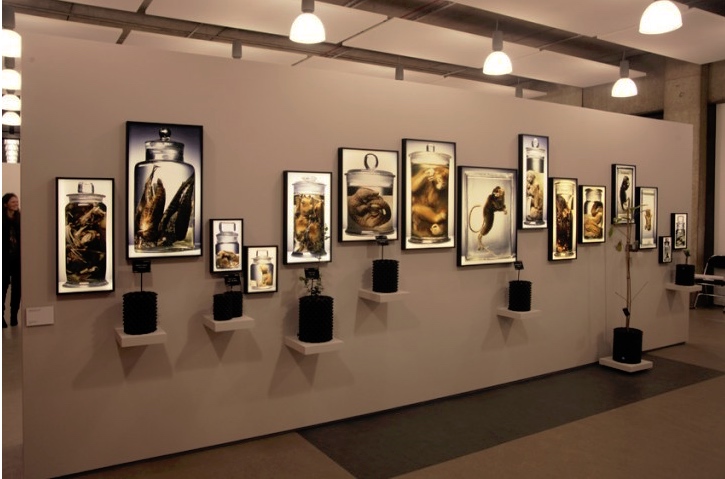
The artists collected and germinated seeds from six genera each of eight nominated trees, which were the subject of global conservation programmes. In doing so they collaborated with specialists from the botanical gardens, the Cambridge Conservation Initiative, various university departments, and a global network of organisations. Alongside the trees, they exhibited specimens collected in the 19th century of the creatures who had once inhabited them. These were the ‘spirits’. Once again the artists are drawing parallels between life and death forces, connecting historical and contemporary biological research.
